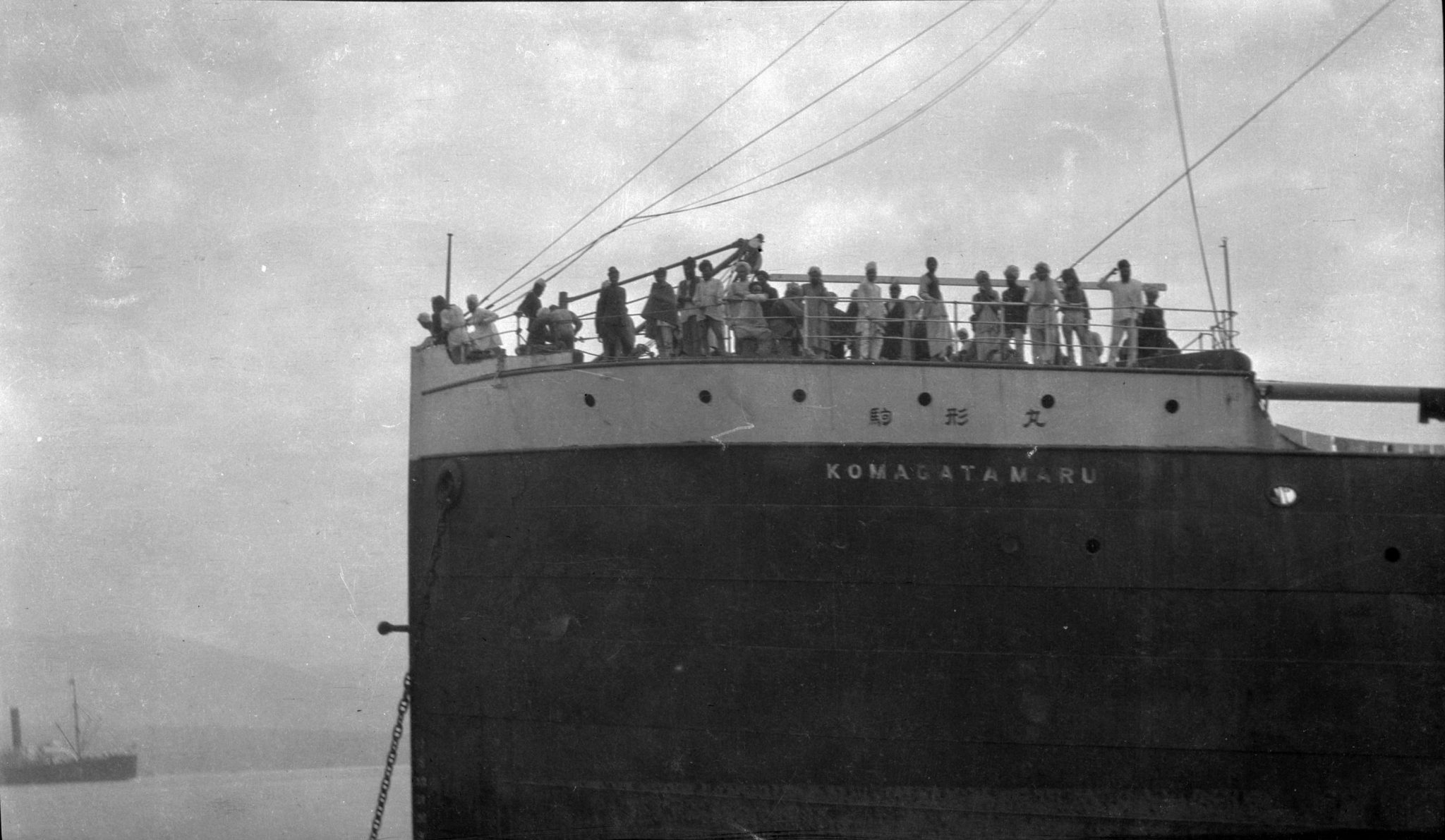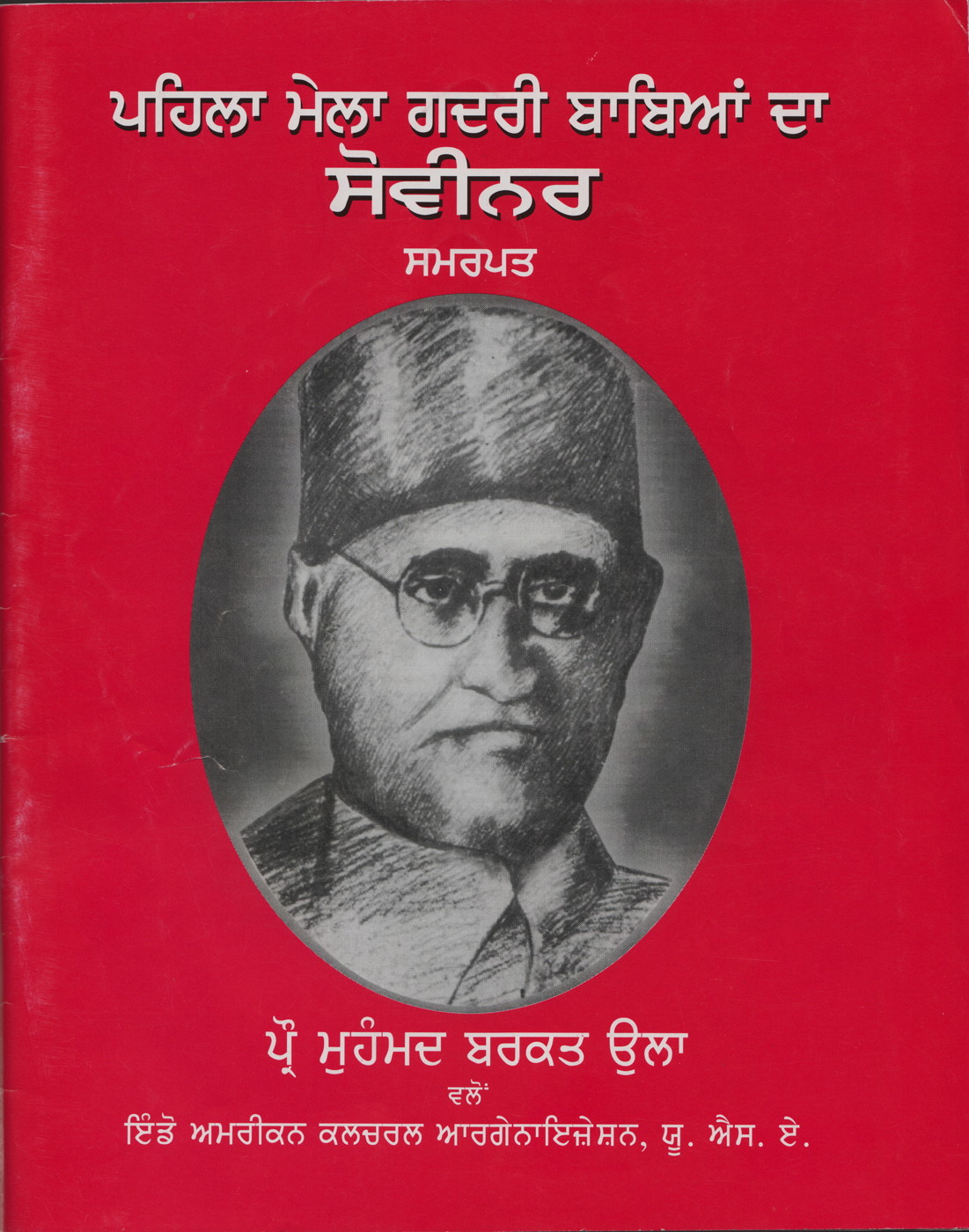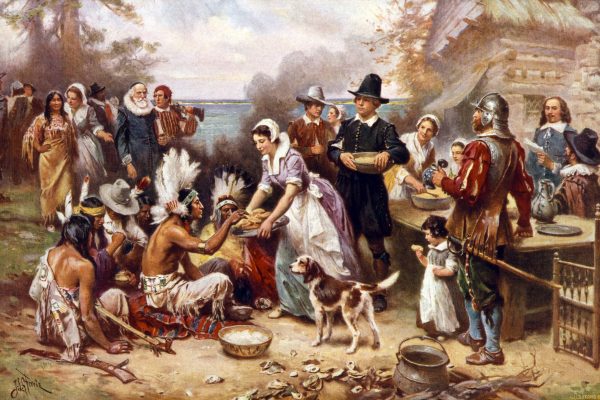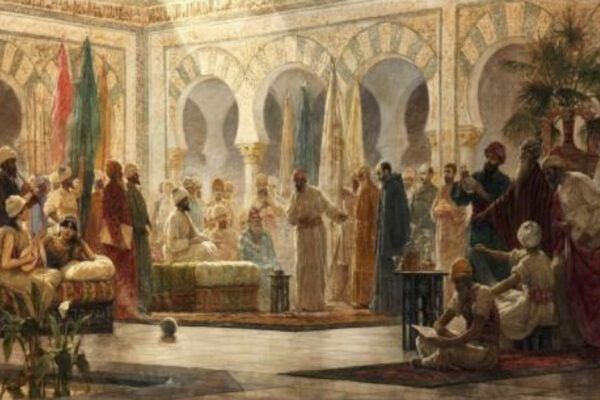The records are unclear, but it is estimated that there were 337 Sikh, 12 Hindu, and 27 Muslims on board the Komagata Maru.
The records are unclear, but it is estimated that there were 337 Sikh, 12 Hindu, and 27 Muslims on board the Komagata Maru.
On May 18, 2016, Canadian PM Justin Trudeau delivered a formal apology before the House of Commons in Ottawa:
“Today—while knowing that no words can fully erase the pain and suffering experienced by the passengers—I offer a sincere apology on behalf of the government for the laws in force at the time that allowed Canada to be indifferent to the plight of the passengers of the Komagata Maru,” he said.
The apology was directed primarily at the Sikh community in Canada since the passengers of the Komagata Maru—a Japanese steamship on which nearly 400 Punjabi men from British-ruled India had arrived in Vancouver in 1914, only to be denied entry to Canada because of discriminatory immigration policies—had been Sikhs.
But there had been Muslims on the Komagata Maru, too.
The records are unclear, but it is estimated that there were 337 Sikh, 12 Hindu, and 27 Muslims on board the Komagata Maru.
All of them were from the Punjab, a region in the northwest of the Indian subcontinent, and thus shared the same language and culture despite being of different faiths.
Most of the Muslims were from Shapur, now located in Pakistan. At the time, however, the subcontinent was united under British rule—a fact that these men believed should give them easy access to Canada, which was at the time a dominion in the British Empire.
South Asians and Sikhs, in particular, had been settling in British Columbia (BC) for many years before 1914 but faced considerable racism from the general public and discrimination from sly government policies.
Earlier still, Chinese- and Japanese-Canadians had experienced the 1907 “race riots” in Vancouver, organized by the active Asian Exclusion League. The earliest Muslim settlers in BC—some 200 in number at the time of the Komagata Maru incident—were not directly affected. But realizing that they too could one day be victims of such assaults, many of them moved to California. As a result, the 1910s was the only decade in Canada’s history in which there was a decline in the country’s Muslim population.

The passengers were aware of this situation but had been emboldened by a November 1913 ruling in which a Canadian judge had ruled that the two conditions placed on immigrants from British India so as to prevent them entry to Canada were in contradiction with the Immigration Act. This ruling had allowed 38 Sikhs to stay as opposed to being deported, and this caused the passengers of Komagata Maru to believe that, even if the worst came to pass, they could rely on Canada’s justice system to help them. They were not aware that by early 1914 the government had made the necessary adjustments to their policy so that the judges would not be able to intervene.
Meanwhile, a wealthy Sikh businessman named Gurdit Singh Sirhali had met many Indians stranded in British-ruled Hong Kong and hoping to eventually make it to North America. They were attracted by the high wages they could earn by performing unskilled labour in Canada, where infrastructure was developing rapidly. There were also plenty of opportunities for them to invest that money, particularly in land and farms. Sirhali decided to charter the Japanese-owned Komagata Maru and take Indians from both Punjab and Hong Kong to Canada.

One of the Muslim passengers on board was Maulana Barkatullah (d. 1927), who had spent many years studying in England and the US before becoming a professor at Tokyo University in 1909.
He was an advocate for Indian independence from British rule, a position he wrote about from Tokyo in Islamic Fraternity, an anti-British newspaper. The newspaper was shut down by the Japanese government in 1912, after which he joined the Komagata Maru on its way to Canada. Like most of the other passengers, he was denied entry into the country. He later settled in Germany during the First World War and continued his work against British imperialism.
Starting in May of 1914, Barkatullah would spend two months in Canadian waters, but likely never set foot in Canada—the authorities in Vancouver let only 30 or so of the passengers disembark, most of whom were returning residents. Canadian officials hoped to pressure the Komagata Maru to leave voluntarily, and tried to limit the passengers’ contact with anyone on shore, blocking attempts to have the case heard by a court, refusing to resupply the passengers with food or water, and at one point even trying to storm the steamship. However, the passengers refused to leave.
Meanwhile, many South Asians already living in British Columbia (as well as their allies from different backgrounds) were working tirelessly to get the passengers the clearance to disembark. The “shore committees” that they formed included at least two Muslims. One of them, Muhammad Akbar, was a Punjabi Muslim who had been a police officer in British-ruled Hong Kong before immigrating to Canada. Another was a very interesting person named Husain Rahim (d. 1937).
Rahim had been born in Delhi in around 1865 into a Gujarati family of merchants. He was fluent in Hindi, Punjabi, Gujarati, and English, and had settled in Japan at the age of 30. He lived as a cotton merchant in Kobe, Japan for 15 years, before moving to Honolulu, Hawaii for a brief time. From there he came to Canada and was mysteriously allowed to enter the country despite the discriminatory policies being in effect.
He traveled by train from Vancouver to Montreal, but soon returned to Vancouver and began to work with the Sikh community in real estate.
He frequently visited the first Sikh temple in North America, which was located in Vancouver, because it’s basement served as a political and community meeting space for Indian-Canadian Sikhs, Hindus and Muslims. For a short time in 1914, Rahim also edited a newspaper, The Hindustanee, for the local Indian community.
However, after his return to Vancouver, he was arrested for having (somehow) evaded Canadian immigration policy and faced deportation.
Government officials maintained that if they were successful, “Canada would be well rid of Rahim and the exposure of his true character would have a very beneficial effect on [the Indo-Canadian] community.”
However, the local Indian community, including both Muslims and non-Muslims, rose up in his defense. The case was heard in court and Rahim was allowed to stay in Canada.
During the trial, it was revealed that Rahim’s personal notebook was filled with the names and contact information of anti-British freedom fighters in India, which kept him under scrutiny. He was a Marxist-socialist as well and became an early member of the Socialist Party of Canada.
In 1912, Rahim was arrested again, and this time he was accused of voting in a local election; South Asians of non-British parents had been banned from voting in Canada since 1907. If found guilty, Rahim faced up to 14 years in prison, with the bail set very high $10,000. His lawyer argued that Rahim fulfilled every requirement to cast a vote in Canada, except that he was South Asian and not born to British parents. Nevertheless, there was insufficient evidence that Rahim had cast a ballot at all, and the case was dismissed.
By mid-1914, Rahim had thus gained a considerable amount of political experience in Canada, which may have been one of the reasons why he took a leadership role in the shore committees trying to help the passengers of the Komagata Maru. Their support from the shore helped keep the resistance of the passengers alive, and the case was eventually taken to court.

However, the passengers were firmly denied entry into Canada, even after Rahim and his friends raised $22,000 to purchase the ship and find a way to circumvent Canadian policy. On July 23, 1914, Canadian navy ships escorted the Komagata Maru out into the Pacific Ocean.
On September 27, the steamship docked in Kolkata on the Bay of Bengal. By this time, the passengers’ resistance to pressure from authorities in Canada had earned them a reputation among British officials in India as well, who viewed them as dangerous political agitators. When the ship docked, police came on board to arrest those perceived to be the “ringleaders” of the situation in Canada. When the passengers resisted arrest, police opened fire, killing 19, arresting many others, and confining the rest to their villages for the duration of the First World War.
The Komagata Maru incident has lived on in the collective memory of Sikhs-Canadians and others, but Muslims have mostly remained unaware of their coreligionists who sought a better life in Canada more than a century ago and were not only denied, but possibly sent to their deaths.
The tragedy, however, also includes rays of hope in the form of the inspiring efforts of Husain Rahim and other South Asians who fought against discriminatory policies—and, in Rahim’s case, continued to do so until his death in Vancouver in 1937.
By Hassam Munir for iHistory
Featured photo courtesy of Wikimedia Commons/Library and Archives Canada.





